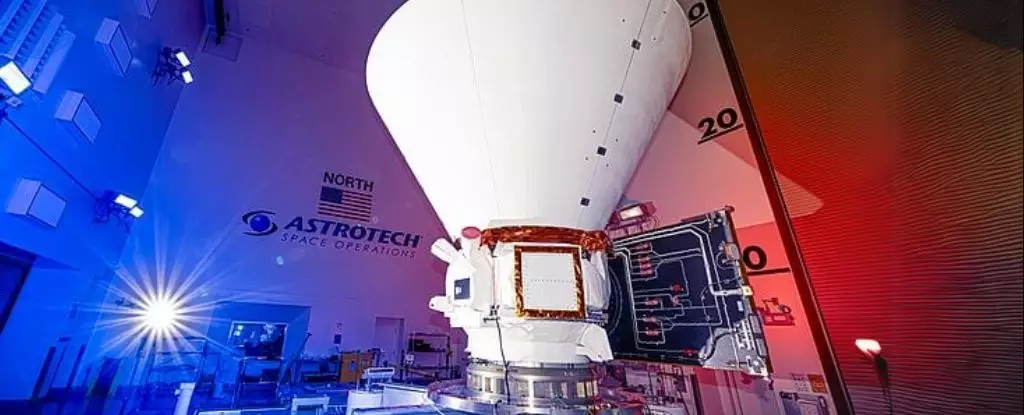The universe has always been an enigma, a tapestry of mysteries waiting to be unraveled. As humanity seeks to comprehend our cosmic origins, NASA’s new space observatory, SPHEREx, emerges as a beacon of exploration and discovery. The acronym stands for the Spectro-Photometer for the History of the Universe, Epoch of Reionization, and Ices Explorer. Set to revolutionize our understanding of the cosmos, SPHEREx is not merely another telescope; it is a sophisticated instrument poised to provide extraordinary insights over its two-year mission.
The Significance of SPHEREx in Cosmic Research
Choosing to embark on a journey through the vastness of space, SPHEREx has a multifaceted mission that tackles some of the most pressing questions in cosmology. Selected in 2019 as part of NASA’s Medium Explorer program, its objectives range from mapping galaxy formation to exploring the origins of water and complex molecules in star-forming regions. The very essence of SPHEREx lies in its bold ambition to scrutinize the distribution of interstellar ice, a crucial element in the genesis of stars and planets. Through this lens, we are not merely observing celestial bodies but also tracing the footprints of water—the lifeblood of existence.
Innovative Technology: Unraveling the Spectral Mysteries
At the heart of SPHEREx’s groundbreaking capabilities is its advanced spectroscopy technology, which empowers the observatory to probe wavelengths from 0.75 to 5.0 microns. This range allows SPHEREx to pierce through spatial dust clouds that obscure visible light, thereby unveiling the hidden splendors of the universe. Unlike traditional telescopes that often restrict observations to specific wavelengths, SPHEREx employs a unique approach. Its “rainbow-tinted” filters gradually block wavelengths instead of eliminating them sharply, allowing for a richer tapestry of cosmic light to be processed and analyzed.
Every time light enters the SPHEREx telescope, it is meticulously divided, producing not one but two streams guided toward six detectors. Each detector captures 17 wavelength bands, generating an impressive array of 102 distinct hues in each observation cycle. This meticulous method allows scientists to not only gauge the chemical composition of cosmic entities but also measure distances across the universe, thereby bridging the gap between distant galaxies and our understanding of fundamental cosmic phenomena.
Initial Successes: The Dawn of a New Observational Era
As the SPHEREx mission gears up for operations, engineers at the Jet Propulsion Laboratory have monitored the spacecraft attentively. So far, all systems are showing promising results, marking a healthy trajectory for the mission. The initial images released indicate that the curvature and focus of the telescope are impeccable—an essential factor given that these settings cannot be modified post-launch. “Our spacecraft has opened its eyes on the universe; it’s performing just as it was designed to,” asserts Olivier Doré, the project scientist. These words encapsulate not only the technical success but the profound anticipation wrapped around SPHEREx’s capabilities.
The Cosmic Map: A Three-Dimensional Leap Forward
What makes SPHEREx particularly noteworthy is its planned comprehensive survey of the entire sky, a feat that promises to elevate our cosmic cartography to unprecedented levels. By meticulously scanning and recording data across multiple wavelengths, SPHEREx will create a three-dimensional map of our universe that surpasses previous endeavors. This initiative will not only deepen our understanding of cosmic evolution but will also lay the groundwork for future explorations and theories regarding the birth of galaxies and the formation of stars.
As we stand on the brink of this new exploratory chapter, one can only hope that the upcoming months will unveil a wealth of data that will further illuminate the mysteries of the cosmos. The role of SPHEREx goes beyond mere observation; it embodies humanity’s relentless pursuit of knowledge and our intrinsic curiosity about the universe that cradles us. The revelations that this innovative observatory will provide cannot be overstated, as they may very well shape our understanding of existence itself.


Leave a Reply